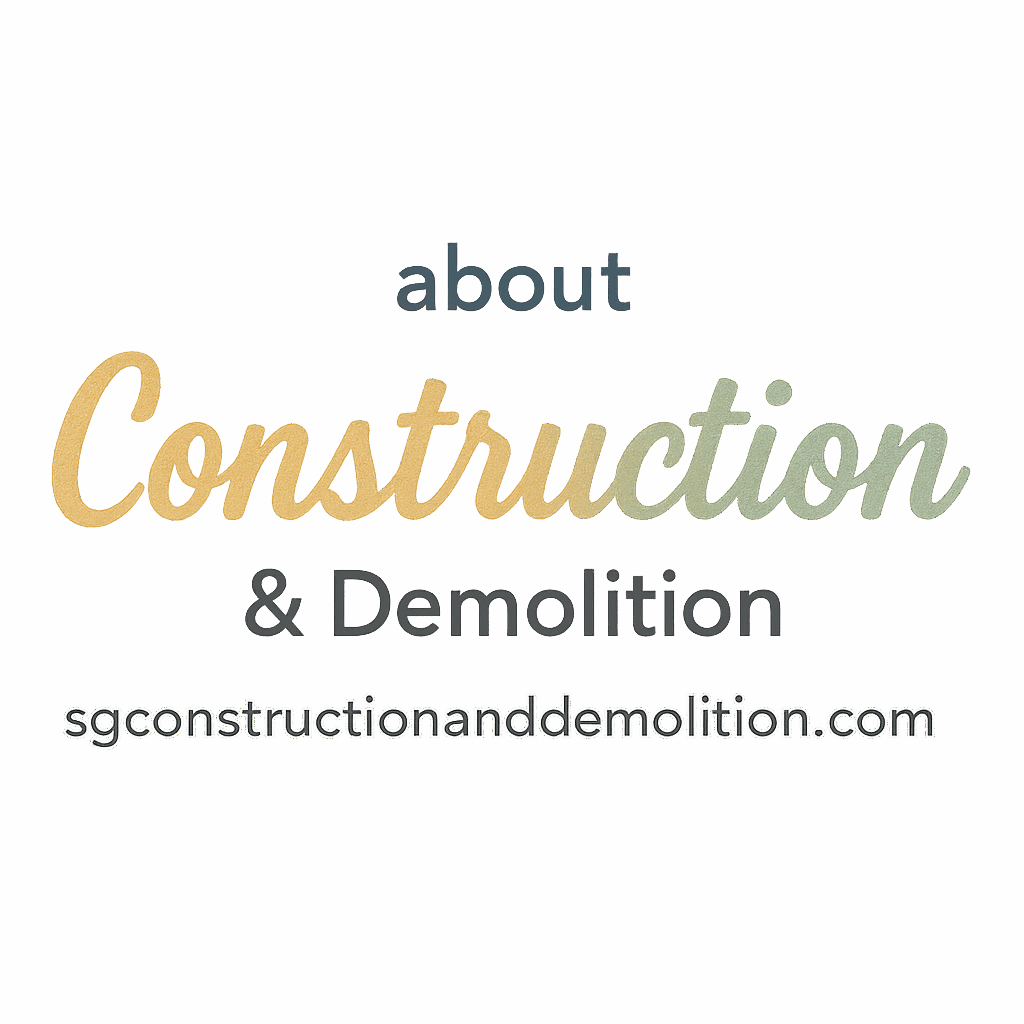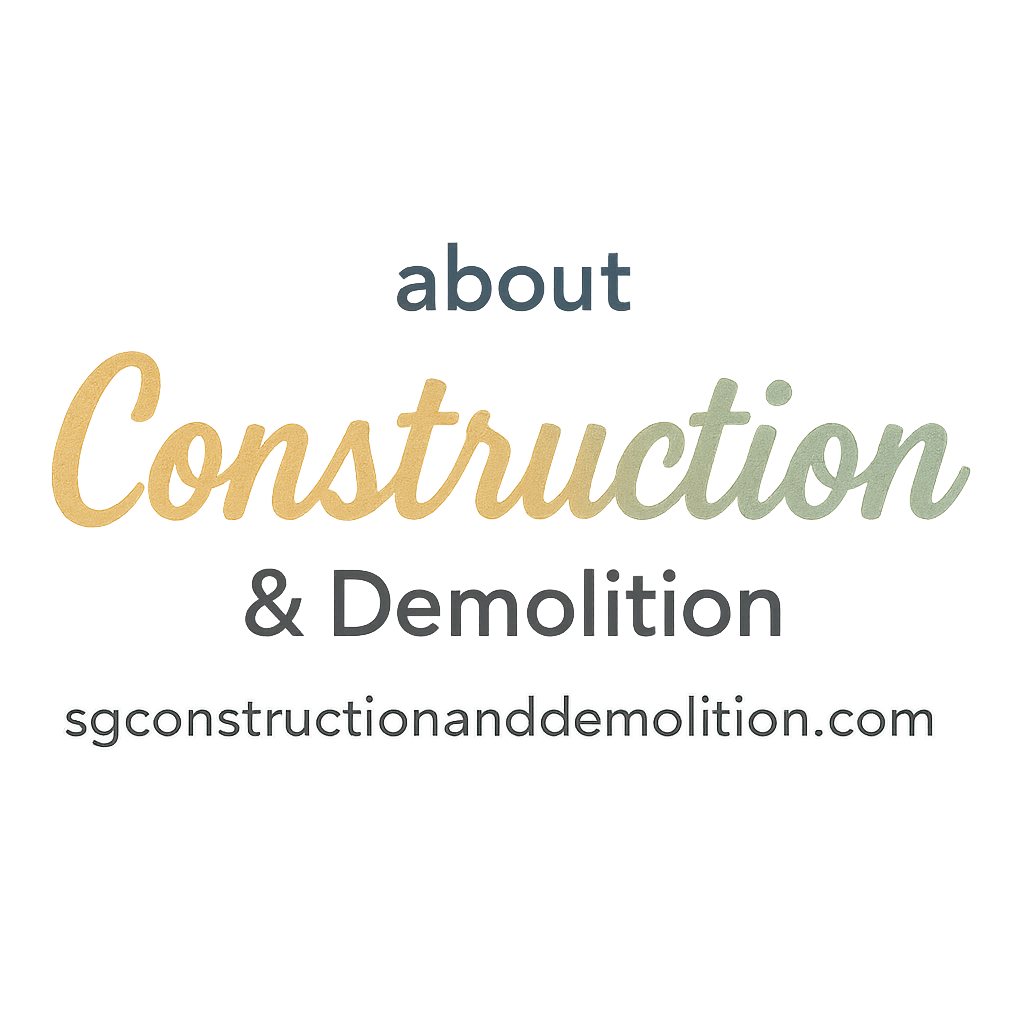Introduction: The Rise of Green Construction
Have you noticed how everything is going green these days? From the food we eat to the cars we drive, sustainability is shaping how we live. And when it comes to the places we live and work—construction is undergoing a major eco-makeover. Green construction is no longer a trend; it’s the future.
With the increasing impact of climate change and the global push for sustainability, adopting eco-conscious building practices isn’t just wise—it’s essential. If you’re a contractor, homeowner, developer, or just a curious reader, let’s break down exactly why green construction is here to stay.
What is Green Construction?
Definition and Principles
At its core, green construction (also known as sustainable building) focuses on creating structures that are environmentally responsible and resource-efficient throughout their life cycle—from planning to demolition.
It’s about using energy wisely, reducing waste, and choosing materials that are kind to the planet.
Why It Matters Now More Than Ever
The construction industry is responsible for a significant percentage of global greenhouse gas emissions. That’s why adopting green methods is not just a good idea—it’s a global necessity.
For a solid foundation in eco-building, check out our Construction Basics guide.
1. Environmental Sustainability
Reducing Carbon Footprint
One of the biggest perks of green construction is its ability to lower a building’s carbon footprint. This is done through better insulation, energy-efficient windows, solar panels, and smart energy systems.
Renewable Resources and Eco-Friendly Materials
Green projects prioritize recycled, reclaimed, and renewable materials. Bamboo, cork, and reclaimed wood are just a few examples that reduce reliance on virgin materials.
Explore more about eco-friendly tools and equipment here.
Lowering Construction Waste
Traditional building methods often generate a staggering amount of waste. Green construction flips the script by recycling and reusing materials, and employing modular construction techniques that cut waste by up to 90%.
Learn more in our post on Demolition Techniques.
2. Cost-Effectiveness in the Long Run
Energy Efficiency = Lower Bills
Sure, going green may cost a bit more upfront, but the long-term savings are worth it. Think about it—lower heating, cooling, and lighting bills month after month.
Many green buildings see a 20–30% reduction in energy costs.
Incentives and Tax Benefits
Governments and municipalities often provide rebates, grants, and tax credits for eco-friendly upgrades. That’s money back in your pocket for doing the right thing.
Visit our Green Smart Trends page for more updates.
3. Enhanced Building Performance
Smart Technology Integration
Smart tech is a game-changer in green construction. From programmable thermostats to motion-sensor lighting, buildings are getting smarter—and greener.
Real-Time Monitoring and Energy Management
New systems can track energy use in real-time, helping property managers make instant adjustments to boost efficiency.
Don’t miss our innovation updates under the Smart Tech tag.

4. Increased Property Value
Attracting Eco-Conscious Buyers and Tenants
Green-certified homes and buildings often sell or rent faster, and for more money. Why? Because buyers know they’re getting long-term savings and better comfort.
Whether you’re flipping houses or building for long-term investment, green adds value.
5. Healthier Indoor Environments
Improved Air Quality
Green construction prioritizes non-toxic paints, adhesives, and insulation—reducing harmful indoor pollutants like VOCs (volatile organic compounds).
Natural Lighting and Ventilation
Designing for daylighting and cross-ventilation improves not only energy savings but also mental and physical well-being. It’s like living with nature—without bugs.
6. Regulatory Compliance and Future-Proofing
Green Standards and Certifications
Governments are tightening the rules. LEED, BREEAM, and WELL certifications are becoming the new standard. Green buildings are more likely to pass inspection and meet zoning codes.
Preparing for Future Legislation
Building green now protects you from future regulation headaches. Think of it as future-proofing your investment.
Need help planning a safe and compliant build? Visit our Planning Safety page.
7. Innovation in Building Materials and Methods
Recycled and Sustainable Materials
Materials like recycled steel, low-emission concrete, and reused wood are not only planet-friendly but often stronger and more durable.
Modular and Prefabricated Techniques
Modular construction—where parts are built offsite and assembled onsite—reduces waste, cost, and construction time.
More on modern building methods and techniques.
8. Positive Brand Image and Social Impact
Corporate Responsibility and ESG Goals
Companies that adopt green construction are seen as leaders in sustainability. It helps meet ESG (Environmental, Social, Governance) goals and can improve stakeholder trust.
Community Trust and Reputation
Green projects show you care—not just about profits, but about people and the planet. That builds community trust and a positive reputation.
Explore our posts tagged innovation and trends for more ideas.
Challenges of Green Construction (And How to Overcome Them)
Higher Initial Costs
Yes, green materials and technologies can be pricier up front. But remember: they pay for themselves in savings, increased property value, and lower maintenance.
Need for Specialized Knowledge
Green construction demands skilled professionals who understand eco-friendly materials, design, and tech. That’s why education and planning are key.
Find guides for beginners and pros on our blog.
Conclusion: Green is the Way Forward
Green construction isn’t just a buzzword—it’s a blueprint for a better future. It’s smarter, healthier, and more cost-effective. Whether you’re building a tiny home or a massive commercial complex, going green helps the planet and your wallet.
So the question isn’t “Should I build green?” It’s “Why wouldn’t I?”
Explore more at SG Construction and Demolition.
FAQs
1. Is green construction more expensive than traditional building?
Yes, initially—but it saves you more in the long run through energy efficiency and lower maintenance costs.
2. Can green buildings really reduce utility bills?
Absolutely. Efficient HVAC systems, insulation, and smart tech can reduce energy usage by up to 30%.
3. Do green homes sell faster than regular homes?
Yes! Eco-conscious buyers are willing to pay more for sustainable, energy-efficient homes.
4. What certifications should I look for in green construction?
LEED, WELL, and BREEAM are the most recognized and widely used certification systems.
5. Is it possible to go green in demolition?
Definitely. Learn how on our Demolition Techniques page.
6. Are there eco-friendly power tools available?
Yes! Many brands now offer low-energy, high-efficiency power tools. See our power tools tag.
7. Where can I learn more about green building trends?
Stay updated with our latest articles under Green Smart Trends and Trends tag.


